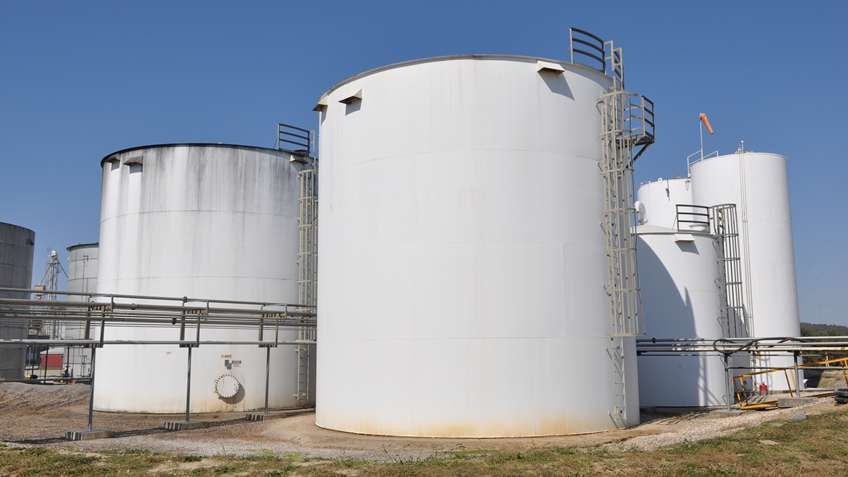Flexibility and Quality Control
A modern batch system brings a new level of flexibility to today’s chemical plants. The system enables operators to easily change recipes with minimal manual interaction. This allows for quicker and more frequent changeovers, effectively allowing companies to produce batches in a variety of sizes.
Specialty chemical producer DuPont implemented a modern batch system to take the place of their obsolete, traditional system. The company is now able to save significant time and effort, as they only have to configure one new phase when making changes to their solvent recipe.
They are now able to reuse this configuration. As noted above, a modern batch system allows producers to follow the same procedures and configurations repeatedly with less operator intervention. This reduces variability and error throughout production. In total, this drives faster manufacturing processes, increases flexibility and improves product quality.
Variability and Reliability
A traditional batch system requires the full process sequence to be designed and laid out from the batch server. Interaction with data and decision-making takes place before the transition to each new process step. Operators are not able to receive data throughout the operation in real time. A modern batch system provides operators with batch execution data in real time, allowing for a continuous evaluation of batch parameters and providing valuable insights into the process.
In the modern system, portions of the batch sequence run directly in the controller, allowing it to perform sub-second transitions from one batch process step to the next. With a traditional batch system, these sequences run in a server. This requires the server to continuously communicate with controllers to execute actions, thus increasing the time required to execute these transitions. Time and effort are saved when these transactions happen on the controller, independent from the server.
Scalability
When adding new process equipment to your production line, additional programming makes for a long and challenging process.
One example: When a plant moves from a single mixing unit to multiple units. A modern batch system significantly reduces the engineering effort to implement these changes. By utilizing the existing information in the system, new units can be added with the same capabilities of the existing unit – therefore existing recipes and sequences can be executed using the new equipment.
Plus, if there are minor differences in the operation of the units, a portion of the sequence can be executed on the controller, which again allows for fewer changes to the existing recipes and sequences. Not only does this save time, it reduces engineering costs.
Skid vendors and OEMs can also benefit from the scalability of a modern batch system. These vendors can provide units that include phases and even sequences that can be integrated into the server-based batch system.
These phases and sequences defined on the controller can then be executed from the supervisory level. This means vendors can provide additional value to their end customers while still maintaining the ability to determine the capabilities of the units they are providing.
With the use of a flexible, modern batch system, chemical producers can increase productivity and keep up with consumer demands. Not sure where to get started? Learn more here.


